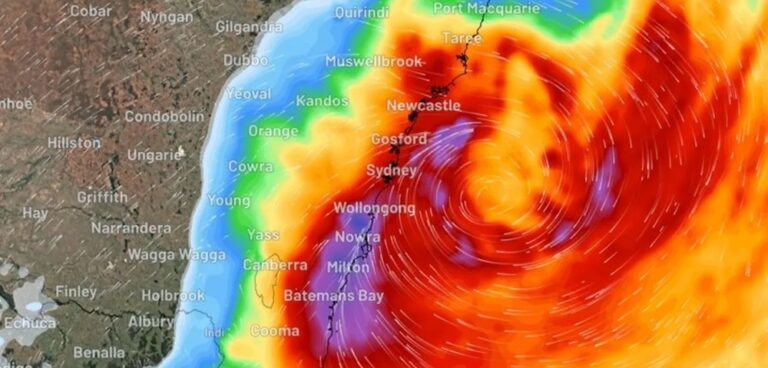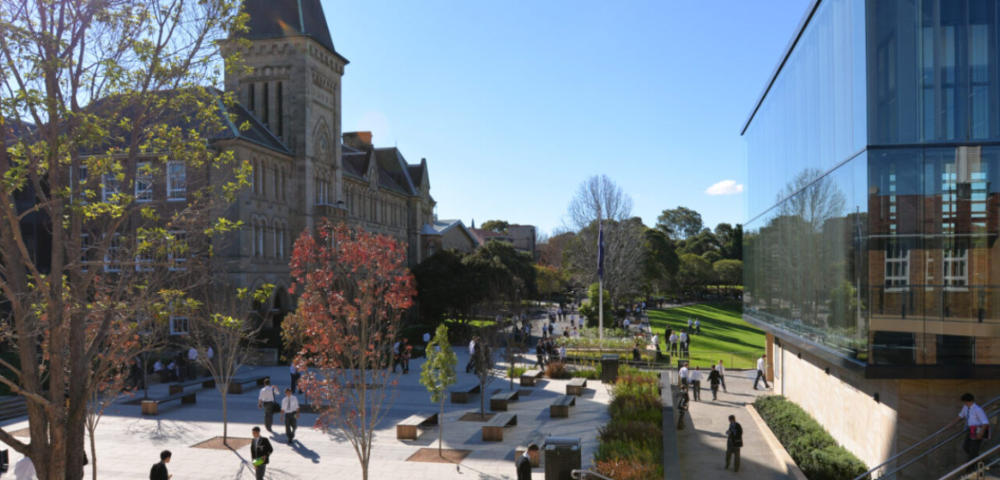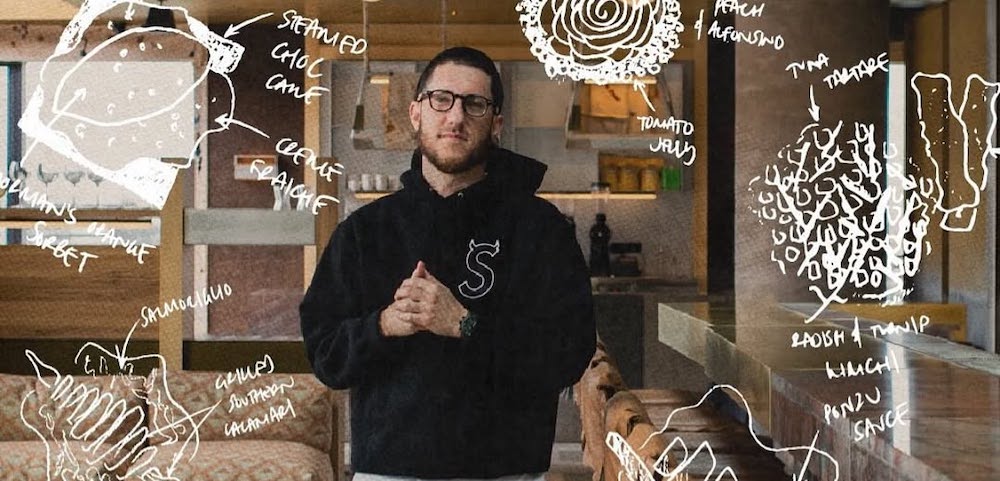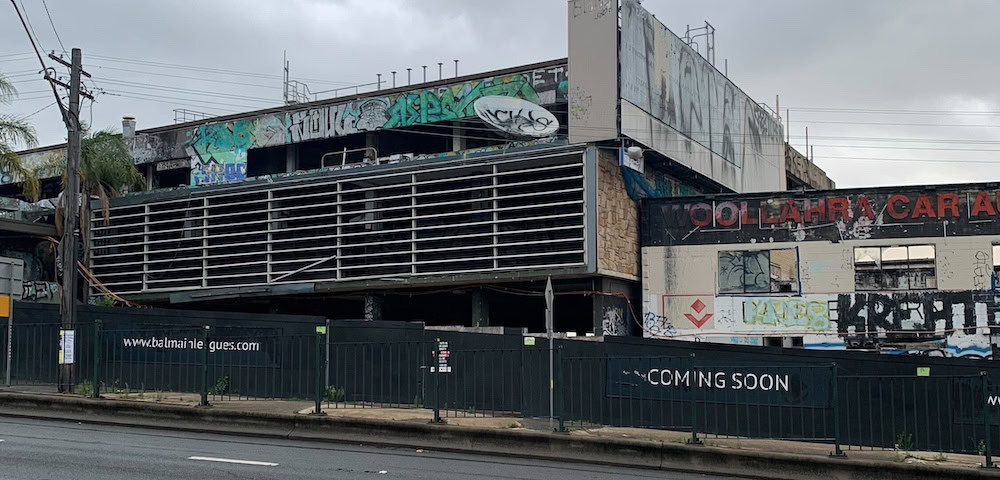
Why the Inner West Council is talking about Cootamundra-Gundagai

Image: Pro-de-merger members campaigning for Cootamundra-Gundagai to de-merge in 2020. Photo: Facebook/Save Gundagai Shire.
By ERIN MODARO
In 2016, the NSW government forced councils across the state to merge, forming 19 new councils. Included in this mass-merger were Leichhardt, Marrickville and Ashfield, joining to make the Inner West Council.
As a fierce battle has ensued to de-merge the three inner Sydney areas back into local councils, the Inner West is looking to other NSW councils for direction. In August, Cootamundra-Gundagai, a rural council in NSW’s south-west, was given the go ahead to de-merge by Local Government Minister Wendy Tuckerman.
Pro-de-amalgamation Councillors in the Inner West jumped on the chance to congratulate Cootamundra-Gundagai on achieving a goal the Inner West has been battling over this year. The battle has generally come down to the Labor majority of 8 Inner West Councillors, versus the 7 Greens and Independents.
At a council meeting last week, the divide in approaches to de-merging remained strong; Labor councillors voted down a motion put forward by Greens Councillor Justine Langford calling to recognise Cootamundra-Gundagai’s achievement.

Labor bloc opposes motion
Labor Councillor Mark Drury and newly elected Deputy Mayor Philippa Scott addressed the council in opposition to the motion. Cr Drury opened his address by reciting poetry from Australian poet John O’Brien, who spent much of his life in the NSW Riverina.
“Cootamundra and Gundagai are two small country towns in a farming district” Cr Drury told City Hub.
Cr Drury stressed the differences in situation, funding and location between the Inner West and Cootamundra-Gundagai.
“The challenges of running a regional area with about 12,000 people and a budget 15% the size of the Inner West’s are dramatically different. The demographics and economics are completely different.”

However, Cr Langford believes that differences between council are not pertinent to the issue at hand, and Cootamundra-Gundagai has been successful in de-merging due to its “detailed proposal to demerge”.
“Celebrating the efforts of other Councils who have had success in their request to demerge provides hope and inspiration that Inner West Council can also demerge” Cr Langford said.
“Recognising the success of Cootamundra-Gundagai’s demerger recognises the failure of the NSW government’s forced merger program.”
Cr Langford also criticised the Inner West’s failure to carry out comprehensive community consultation about de-amalgamation, citing that Cootamundra-Gundagai succeeded in working closely with the community.
“Inner West Council did not contract independent experts to prepare our business case. Inner West Council has failed to properly engage with its residents around the demerger.”
She stated that the Inner West’s shortfalls are “symptomatic of a larger Council bureaucratic approach”.
Independent Councillor John Stamolis, who has been a strong supporter of de-merging, told City Hub that the Cootamundra-Gundagai win was “important”.
“It is not about whether a Council is inner-city or regional. It’s about ratepayers getting the best outcome” Cr Stamolis said.
Cr Stamolis said the debate over congratulating Cootamundra-Gundagai shows that Labor Councillors are in “desperation mode” to stop progress on de-merging.
“They are throwing everything at this now to protect their political majority.”
The ‘Business Case’ dilemma
Cr Langford also noted that the business case for the de-amalgamation of Cootamundra and Gundagai is “strong”, and that it was prepared by independent local government experts.
At just 49 pages long, the rural NSW council’s business case pales in size to the 900 page Inner West case put together by firm Morrison Low.
Recently released in full to Inner West Councillors, the Morrison Low business case has been the topic of criticism and debate since its conception. The business case was put up for public exhibition after a motion tabled by Cr Drury and Cr Scott passed in June.
Cr Langford says that the Inner West Business case “reads more like a plan for the Council to stay merged”.
Cr Drury and Cr Scott both spoke against the Cootamundra-Gundagai business case in their addresses to council. Cr Drury told City Hub that the Cootamundra-Gundagai business case estimates that de-merger costs will take the council 8 years to pay off.
“The report stresses several times that rate rises, and austerity measures, will be needed to pay for two de-amalgamated councils” Cr Drury said.
He said that certain aspects of the business case that may be applicable for a regional council, such as a decrease in representation post de-merger and “strict cost control”, are not reasonable for the Inner West.
“The business case for Cootamundra-Gundagai may reflect the circumstances of that area but to automatically assume they apply to the Inner West is both lazy and wishful thinking.”
The Cootamundra-Gundagai business case estimates that after 10 years, de-merging should save council $451,000 per annum. The report also defends its figures as accurate, stating that data is “based on very detailed examination of cost structures which do not include any items which can’t be assured”.
Pro-demerger community members continue to petition for the Council to take action on de-amalgamating, as well as provide a workable business case for the transition. A ‘Put Local back in Council‘ rally was attended by many residents this month.










